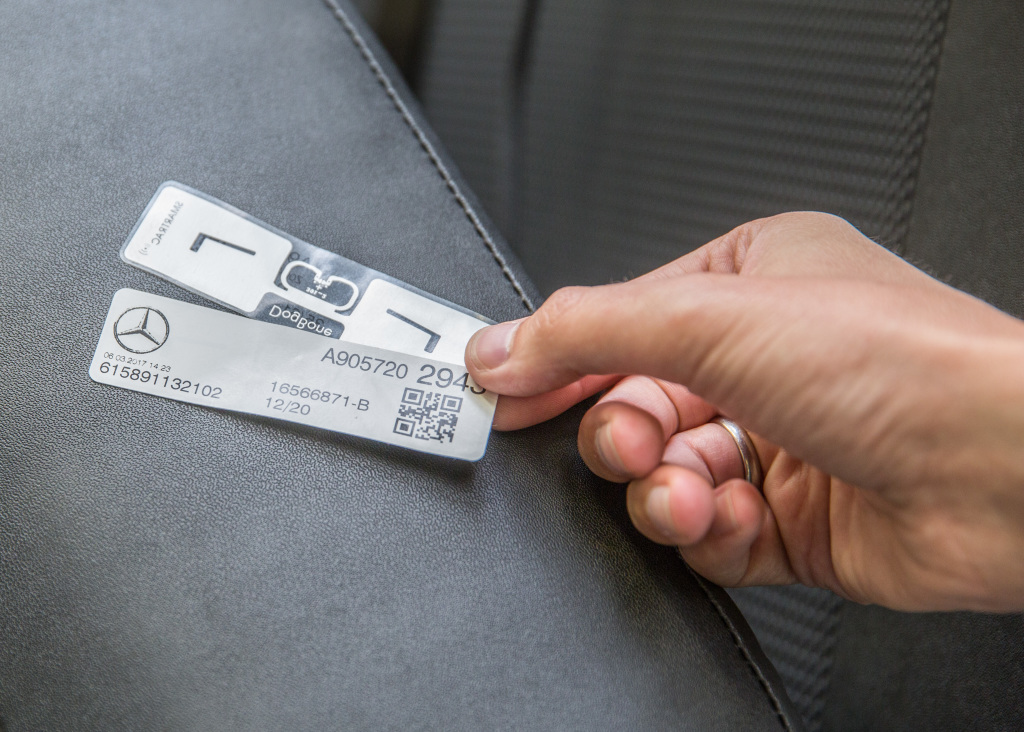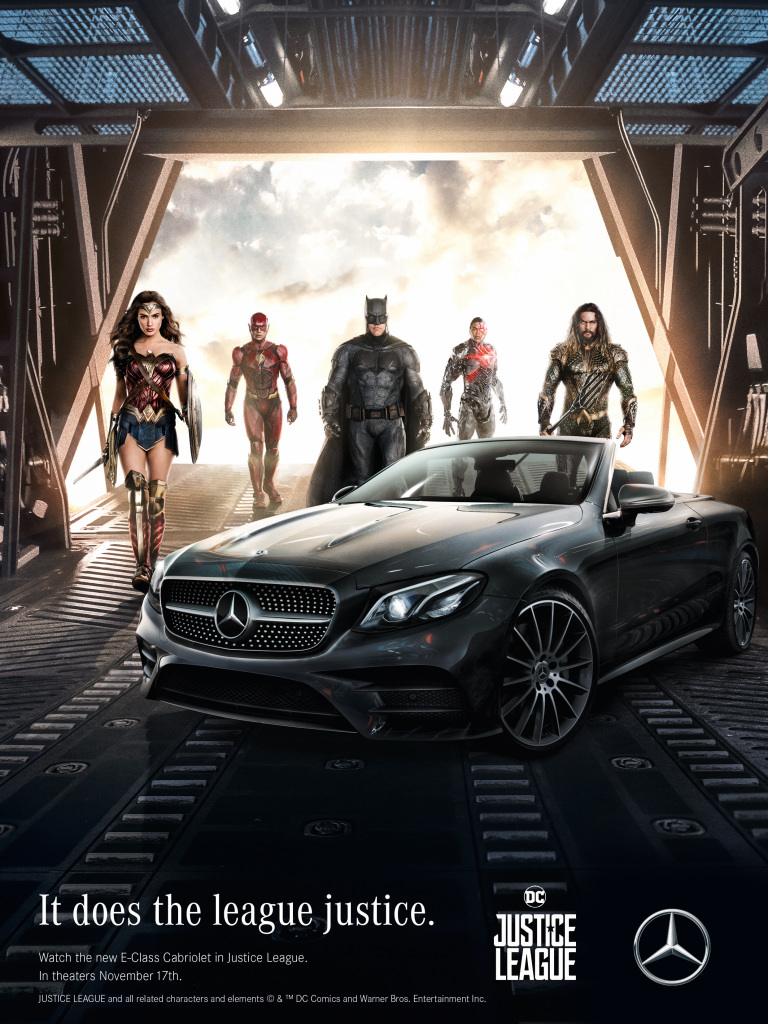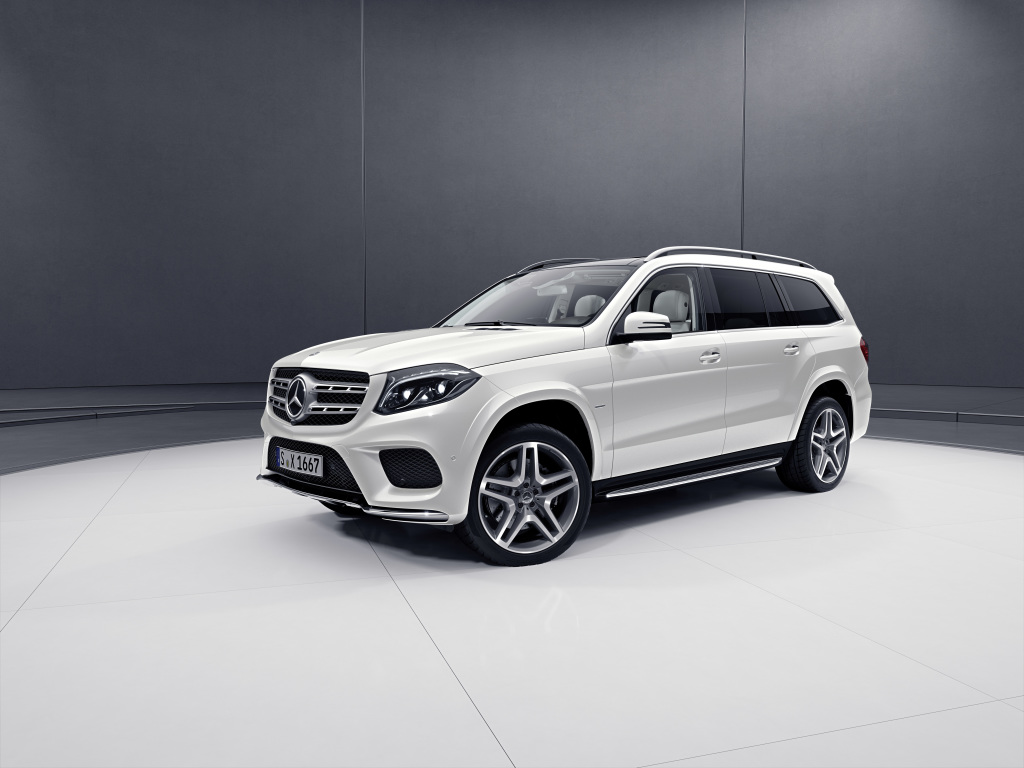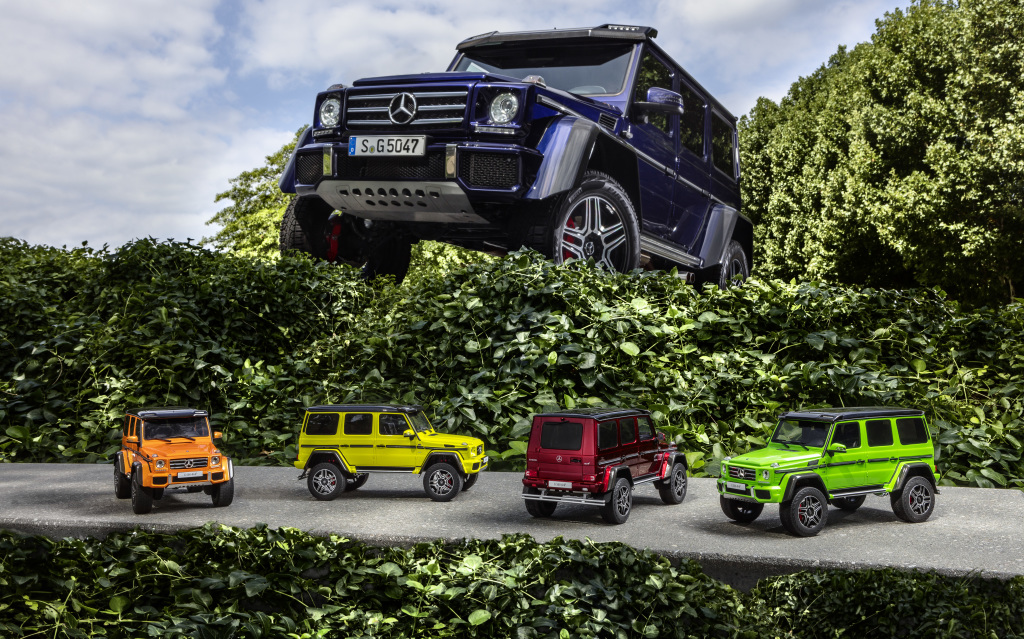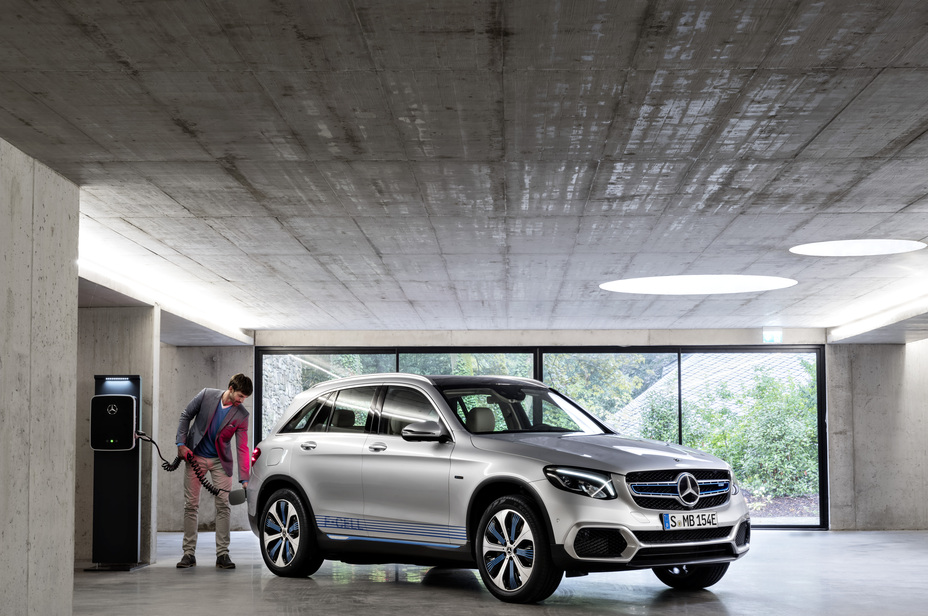Mercedes-Benz Vans has been holding a leading position in the area of intelligent production among the van manufacturers already for years. Now the business division is lighting the next stage: For the upcoming start of production of the new model of the iconic Sprinter van, Mercedes-Benz Vans brings new connected series-production technologies online. The reasons behind this are increasing requirements on flexibility and efficiency. For one, the variety of variants will increase further – for example, as the result of manufacturing electrified vans. In addition, the global production network of Mercedes-Benz Vans has been utilised near capacity for years, and sales are rising continuously. The employees benefit from the increasing digitisation in production by being relieved of routine tasks. This is to give them more and more time for higher-end tasks.
Between 2017 and 2025, Mercedes-Benz Vans will invest more than 200 million euros in the expansion of intelligent production. Frank Klein, Head of Operations Mercedes-Benz Vans, today presented key new technologies in running production operations in a press workshop at the Sprinter plant in Ludwigsfelde near Berlin.
New milestone on the road to full connectivity
“We will take the next logical step in the advancement of intelligent production at Mercedes-Benz Vans with the upcoming new Sprinter“, says Frank Klein. “We already accomplished a great deal in recent years. With the paperless factory, self-driving transport systems and a host of other projects, we have set the course for the future. As part of our ‘IntelligentProduction@VANS‘ strategy, we are now setting another milestone on the road to the fully connected ‘factory of the future‘ for more efficiency and flexibility. We want to realise potentials throughout the entire production process with new technologies such as RFID. Our production operations around the world are to be fully digitised by 2025“.
RFID technology for even better production processes
For employees in logistics and production, it has been a long-pursued goal: knowing exactly where a particular component is at any given time. The benefits are obvious: This information allows them to respond flexibly to changes in the sequence, such as caused by delays in certain areas, and change plans on short notice. In addition, they always know the current warehouse stock. The quality assurance employees are consequently also always informed whether the right component was installed in the right vehicle. All that is already reality in the Mercedes-Benz Ludwigsfelde plant. In a pilot phase, the so-called RFID technology (radio-frequency identification) is used to track and identify the door mirrors and seats automatically and contactlessly via radio waves. This happens from the moment they are received to the time the Sprinter rolls off the lines. The project is being implemented in close cooperation with the Fraunhofer Institute for Factory Operation and Automation (IFF). The goal in Ludwigsfelde is to digitally connect up to 40 parts with the production system via RFID in the next few years. With the ramp-up of the new Sprinter, the technology will become an integral part of series production in Ludwigsfelde. Other locations of Mercedes-Benz Vans are also to be equipped with this technology.
Relieving the employees of routine tasks
“New digital technologies such as RFID offer the major advantage of relieving our highly qualified production employees of routine tasks such as documenting work steps“, says Klein. “Our employees have extensive experience and know-how in the production of globally successful vans. They should also be able to use both to full effect in their day-to-day work.”
In the past, the employees in Ludwigsfelde had to manually and repeatedly scan barcodes on the mirrors and seats at various stations – in addition to their actual production job. The RFID solution eliminates a total of seven documentation-related work steps per vehicle for these two components alone. RFID consequently relieves the employees of this routine task and thanks to automatic checks gives them peace of mind knowing they installed the right parts.
RFID from supplier to the van customer
The implementation already starts far outside the gates of the Mercedes-Benz plant: at the suppliers. They attach the electronic labels required for RFID – so-called RFID tags – to the components. As a result, the suppliers are the first to benefit from the advantages of the technology in their own logistics and production operations and are able to identify and track parts via radio waves. The labels are computer chips roughly the size of a postage stamp, which can store and send information. To track the components with these transponders, readers are located at key points of the logistics and production operations. The wireless contact is established by radio waves generated by the readers. The waves power the chips and thereby prompt them to send their information. RFID also offers advantages in after-sales, when the vehicle later is in customer hands. It allows service employees to use information stored in databases to retrace which parts are installed with the greatest of ease.
Additional self-driving transport systems for the new Sprinter
The Mercedes-Benz Ludwigsfelde plant already has extensive experience with RFID. Since 2012, automated guided vehicles (AGV) have been deployed effectively in the assembly operations in Ludwigsfelde – currently around 20 vehicles. They are controlled for one by being connected to the IT system, but for another also by RFID. To this end, the transponders are in the floor of the factory buildings and contain driving commands. Ten more AGVs will be used and additional routes will be developed with the start of production of the new Sprinter. For about a year now, the second generation of the AGVs has already been operating in the plant. These vehicles communicate with each other via Bluetooth to coordinate their actions autonomously. This ensures a smooth traffic flow even when several AGVs cross paths. Up to now, simultaneous coordination was only possible between a few vehicles. By the end of the year, the first vehicles are to be able to operate freely and thus flexibly in the buildings thanks to optical sensors. Currently, the AGVs still follow predetermined paths. The AGVs of the first generation also are able to recognise obstacles such as forklifts or pedestrians via laser scanning. In this case, they stop automatically.
New IT architecture for global data networking
New digital systems such as AGVs or the parts connectivity via RFID require a highly effective IT infrastructure. A lot of data must be acquired, processed and provided to other areas in real time. For example, the RFID data are sent to Equipment Monitoring, Production Control, Quality Inspection, and Parts Scheduling. Experts from Mercedes-Benz Vans have now developed a completely revised IT architecture together with partners. The central element is a “data highway”, which all systems can access at the same time. In addition, the different IT platforms of the plants worldwide will be harmonised to ensure a global exchange can take place. Furthermore, the architecture makes it possible to quickly add new digital applications – just as the ‘app’ principle of smartphones. This means that once the RFID pilot project is completed successfully, other plants will be able to use the finished software immediately. Mercedes-Benz Vans will gradually roll out the new IT architecture globally starting next year.
Worldwide project teams at work on intelligent production
Currently, some 100 technology and IT experts of Mercedes-Benz Vans at headquarters in Stuttgart and plants in Germany, Spain, Argentina and the USA are working in more than 20 projects on intelligent production. The global teams cooperate closely in flat hierarchies across national and specialist unit boundaries. Employees from Logistics, Quality Assurance, Engineering and IT are already part of the project teams at the start of the planning phases. The relevant experts also involve production employees early to ensure the practicality of projects from the start. Intelligent production is a component of employee qualification and the apprenticeship programme as well.
Stepped up cooperation with partners
“We are also opening up more and more to the outside world to be even closer to the heartbeat of new technologies“, says Klein. “To this end, we are stepping up the cooperation with partners such as suppliers, research institutions, but also tech start-ups and universities. We also want to provide school and university students more insights into our activities to get them interested early in the subject of production and in Mercedes-Benz Vans.”
courtesy: media.daimler.com

